The Mercedes-Benz F015 Luxury in Motion concept car has been revealed on the eve of the Consumer Electronics Show in Las Vegas.
The firm has showcased its bold vision for the future of the luxury car in an advanced self-driving concept that uses a plug-in hydrogen fuel cell and two electric motors developing a combined 268bhp for zero local emissions propulsion. The F015 is capable of covering the 0-62mph sprint in a theoretical 6.7sec and has a claimed range of 684 miles.
The futuristically styled four-door draws on a raft of new technologies being readied by the German car maker for inclusion on future production models. Featured technology includes a sophisticated autonomous operating system and a so-called digital activity space that Mercedes-Benz predicts will allow occupants the freedom to use their time on the road more intelligently than is the case today, especially in city driving environments.
"Anyone who focuses solely on the technology has not yet grasped how autonomous driving will change our society," said Mercedes-Benz boss Dieter Zetsche at the unveiling of the concept. “The car is growing beyond its role as a mere means of transport and will ultimately become a mobile living space.”
Described as the most highly developed concept ever constructed by Mercedes, the F015 Luxury in Motion is equipped with an extensive range of state-of-the-art stereo cameras as well as a series of sensors that allow it to permanently monitor the area surrounding it and operate fully autonomously when commanded by the driver, who is then able to concentrate on other tasks.
Newly developed software also provides the swoopy new concept with artificial intelligence, which Mercedes says will be crucial to building trust between humans and cars as autonomous driving is introduced in coming years.
Without any traditional eye contact between the driver and pedestrians in autonomous mode, Mercedes has programmed a series of LEDs within the grille of the F015 to shine when it detects a pedestrian.
Should the pedestrian wish to cross the road, the concept brakes to a halt and scans its surroundings to check whether it is safe to do so. A laser system is then used to project a virtual zebra crossing on to the road surface while prompting the pedestrian with an audible “please go ahead” message from external speakers.
The self-driving ability of the concept has played a key role in its design, which eschews the traditional three-box silhouette of today’s Mercedes-Benz S-Class for a distinctive monobox profile aimed at providing maximum interior space and a lounge-like interior in which the steering wheel automatically retracts into the dashboard when the driver chooses to run in autonomous mode.
At 5220mm in length, 2018mm in width and 1524mm in height, it is 26mm shorter, 119mm wider and 33mm taller than the existing long-wheelbase S-class. In a move that serves to provide it with significantly more interior space, the new concept's wheelbase is a considerable 445mm longer than that of the S-class LWB, at a lengthy 3610mm, giving it ultra-short overhangs front and rear.


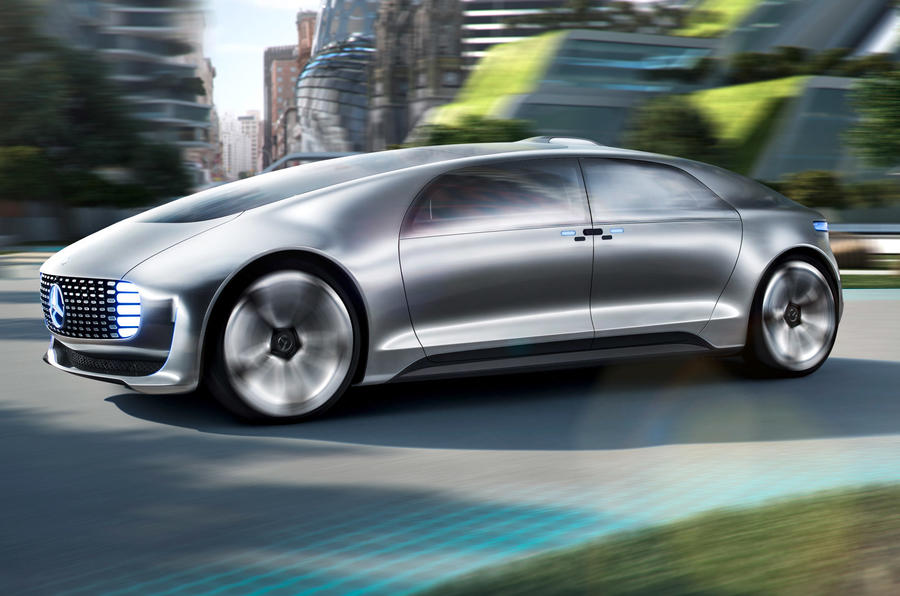




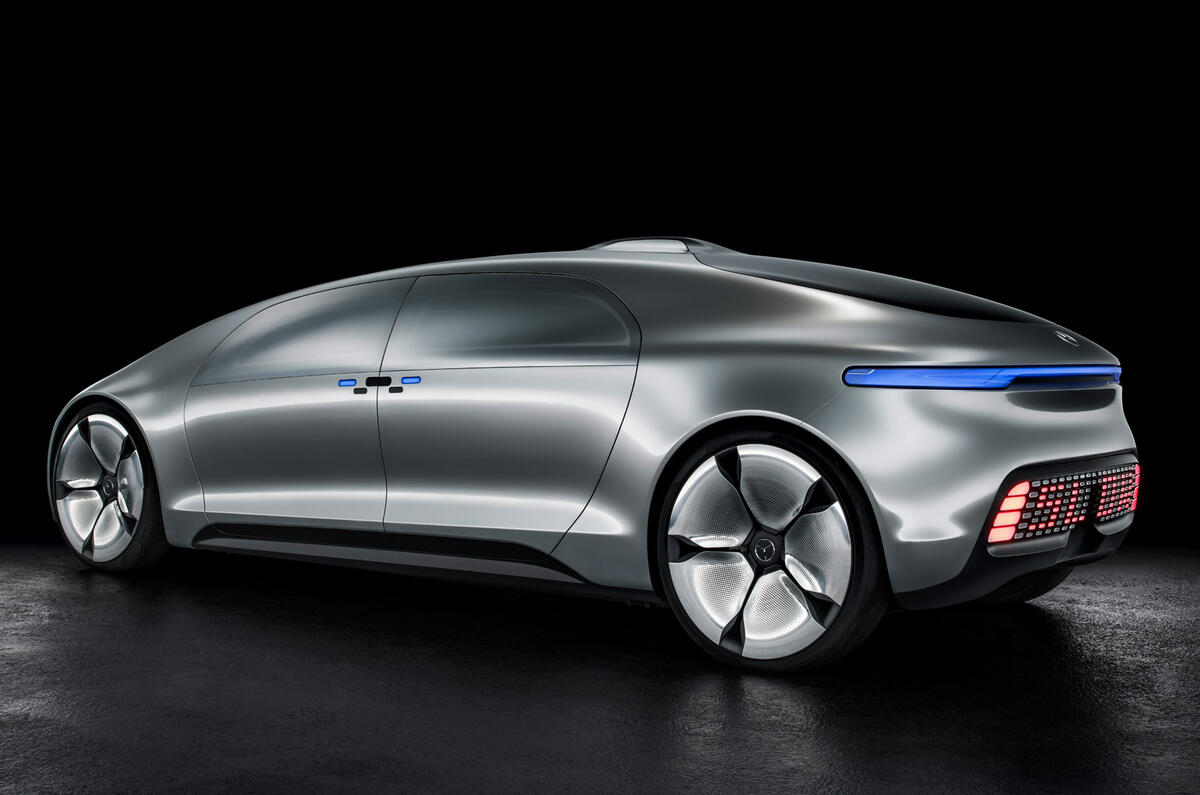


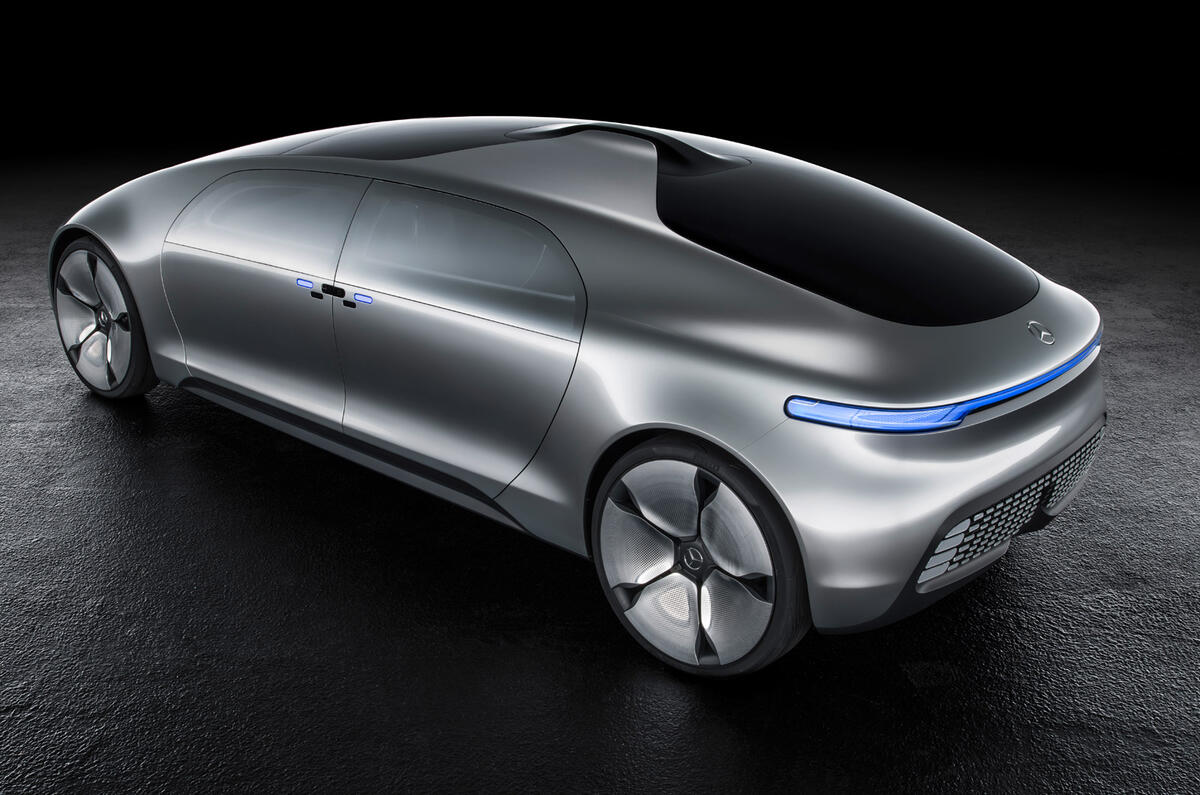

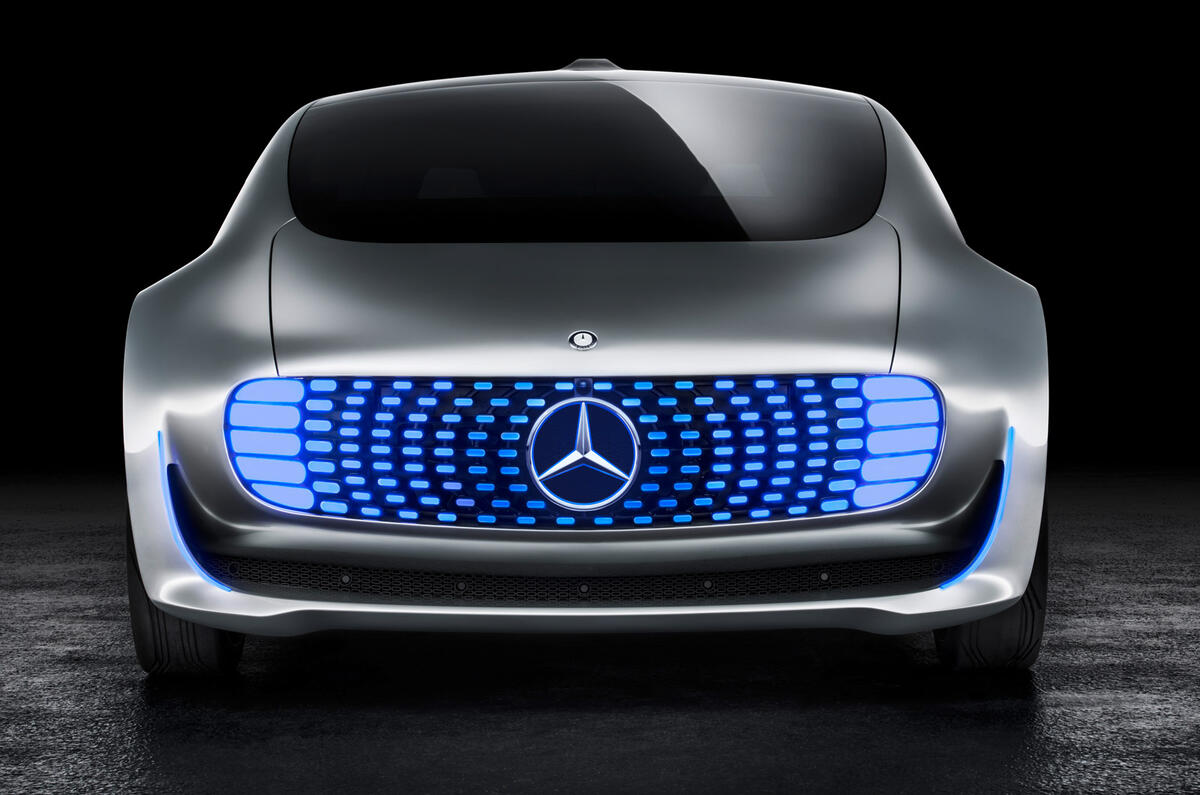







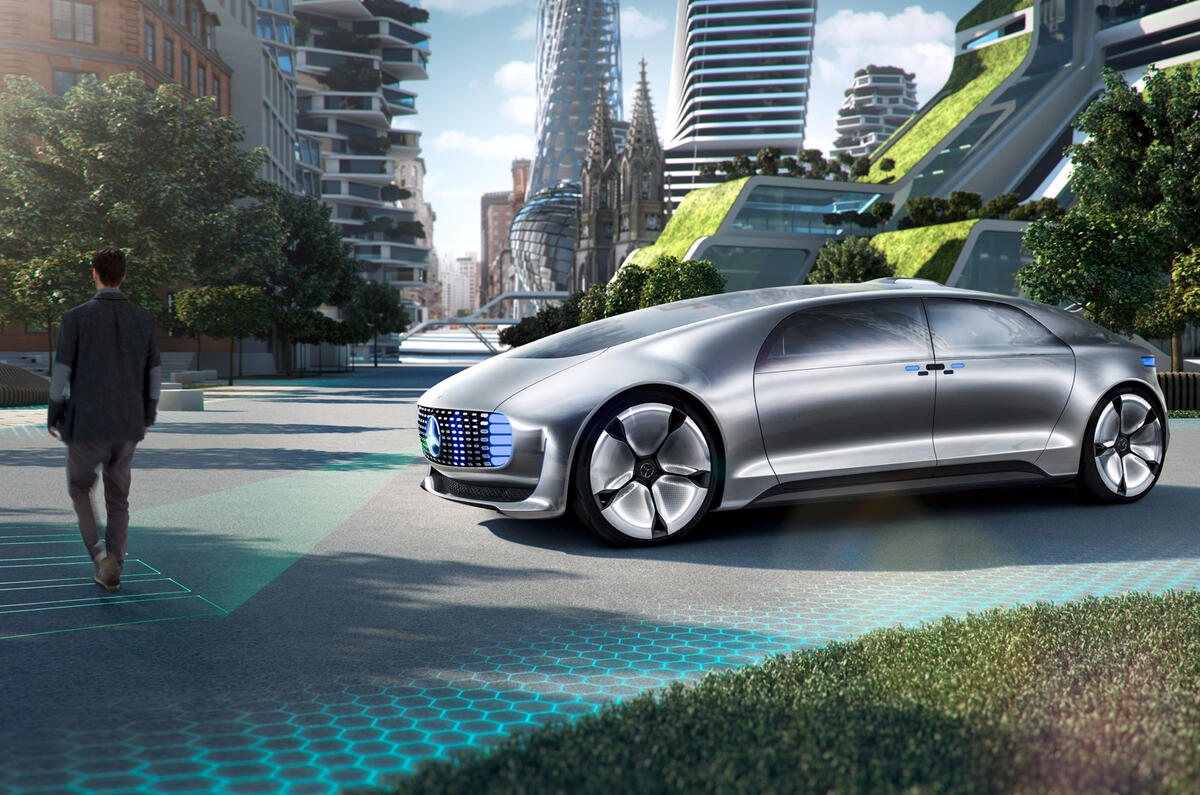


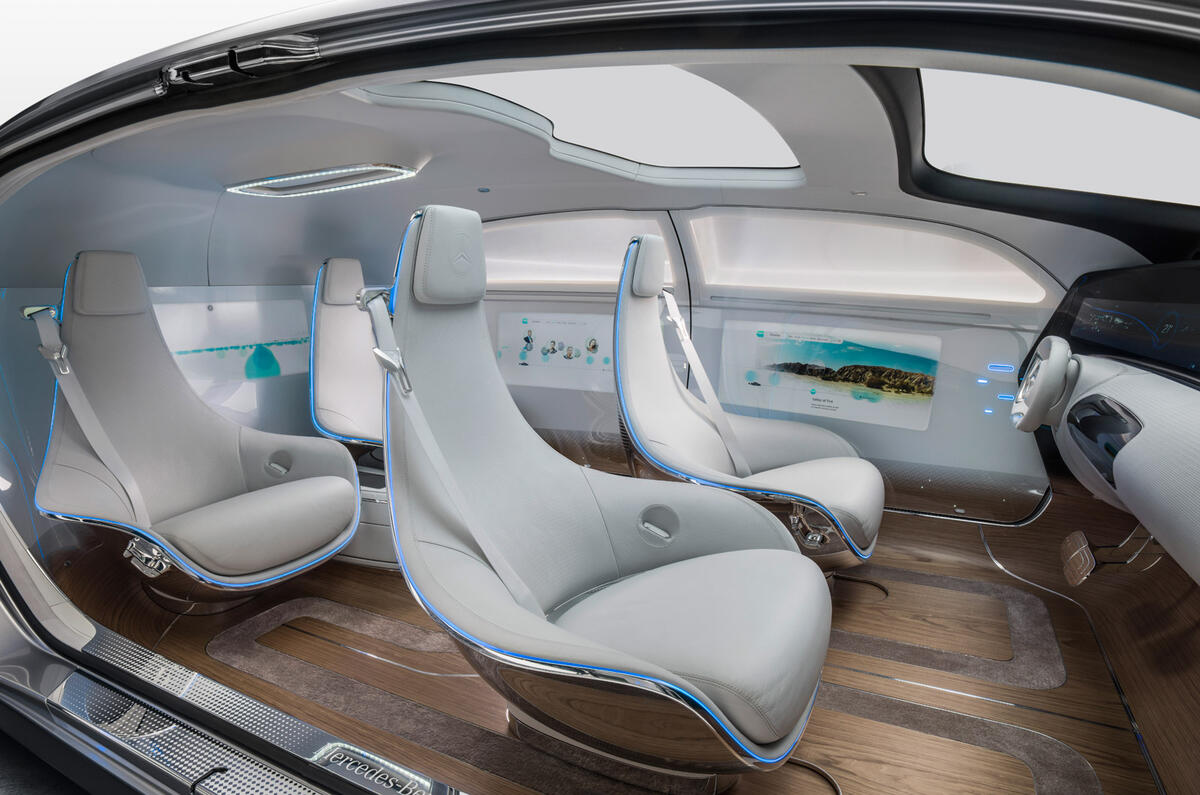

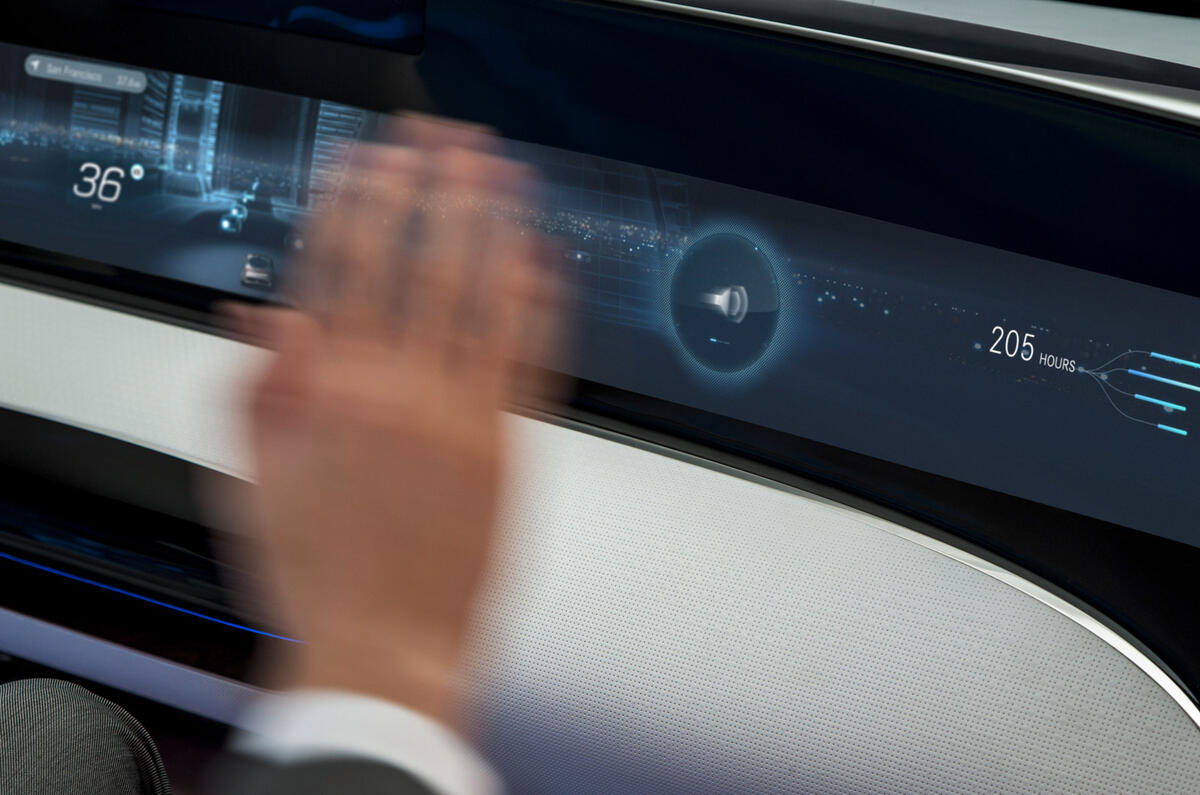

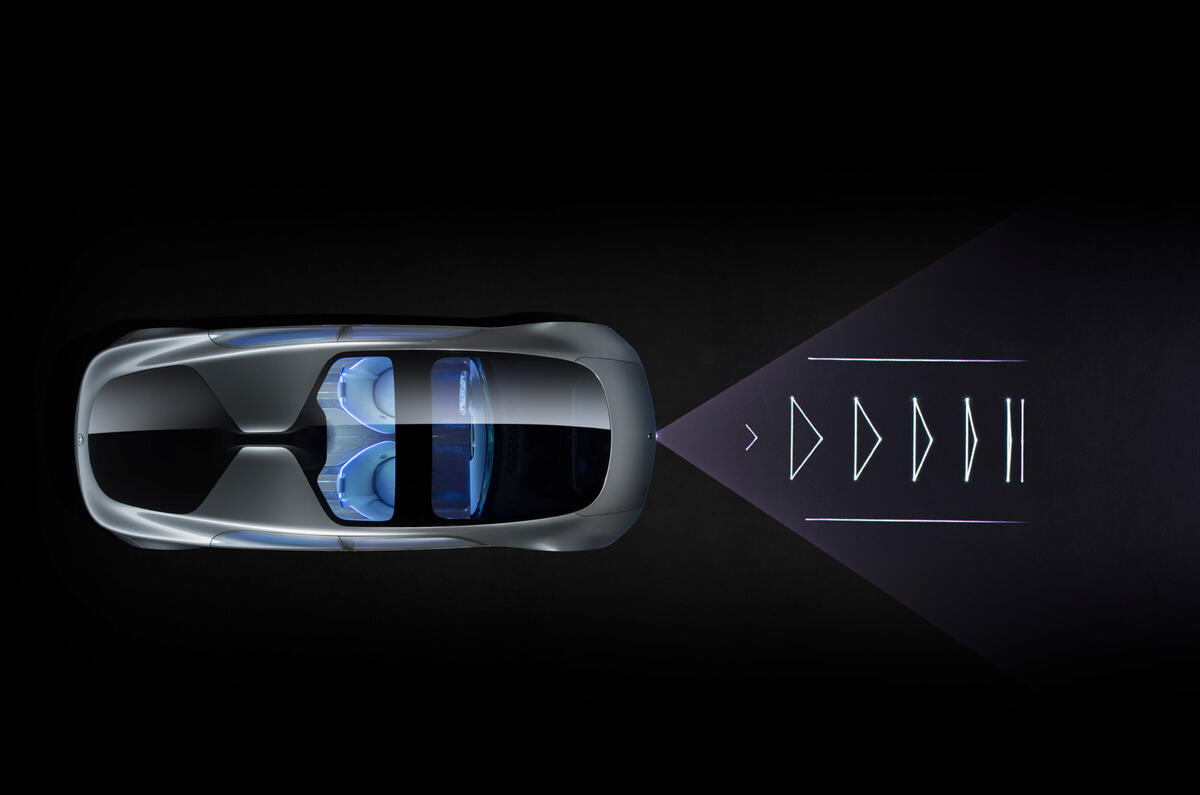



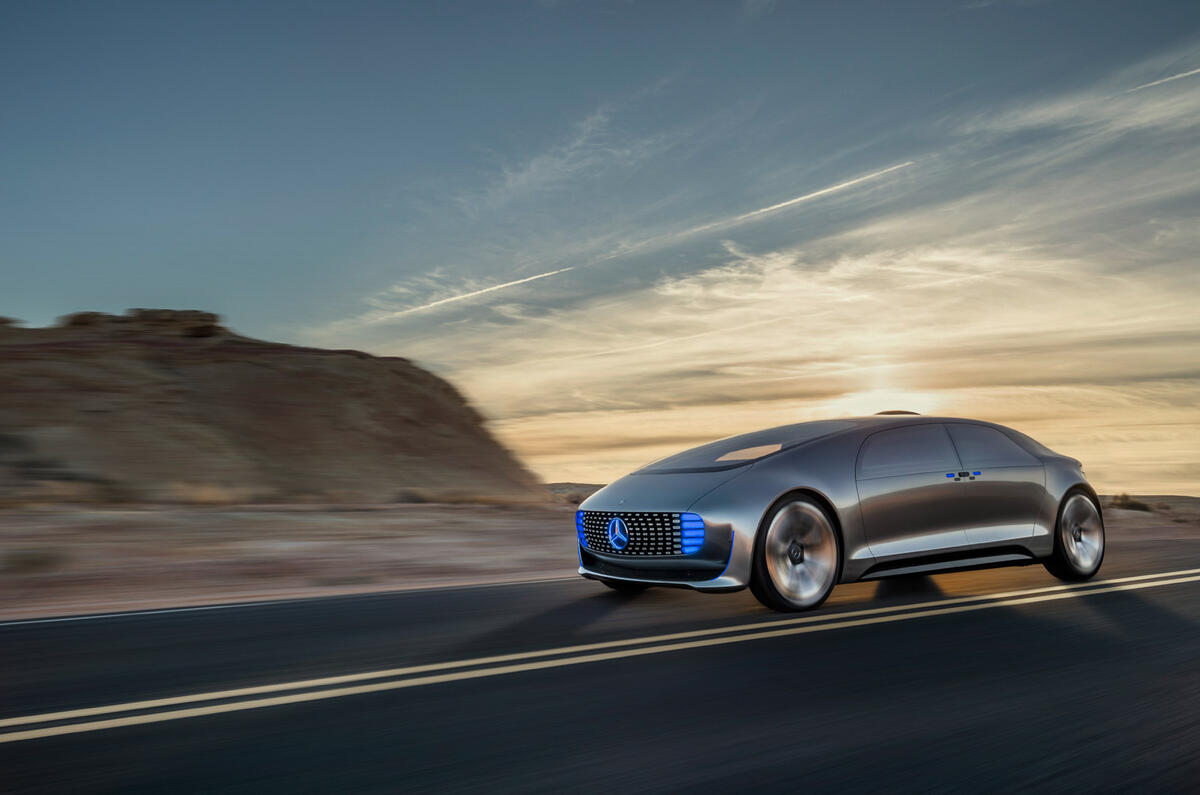


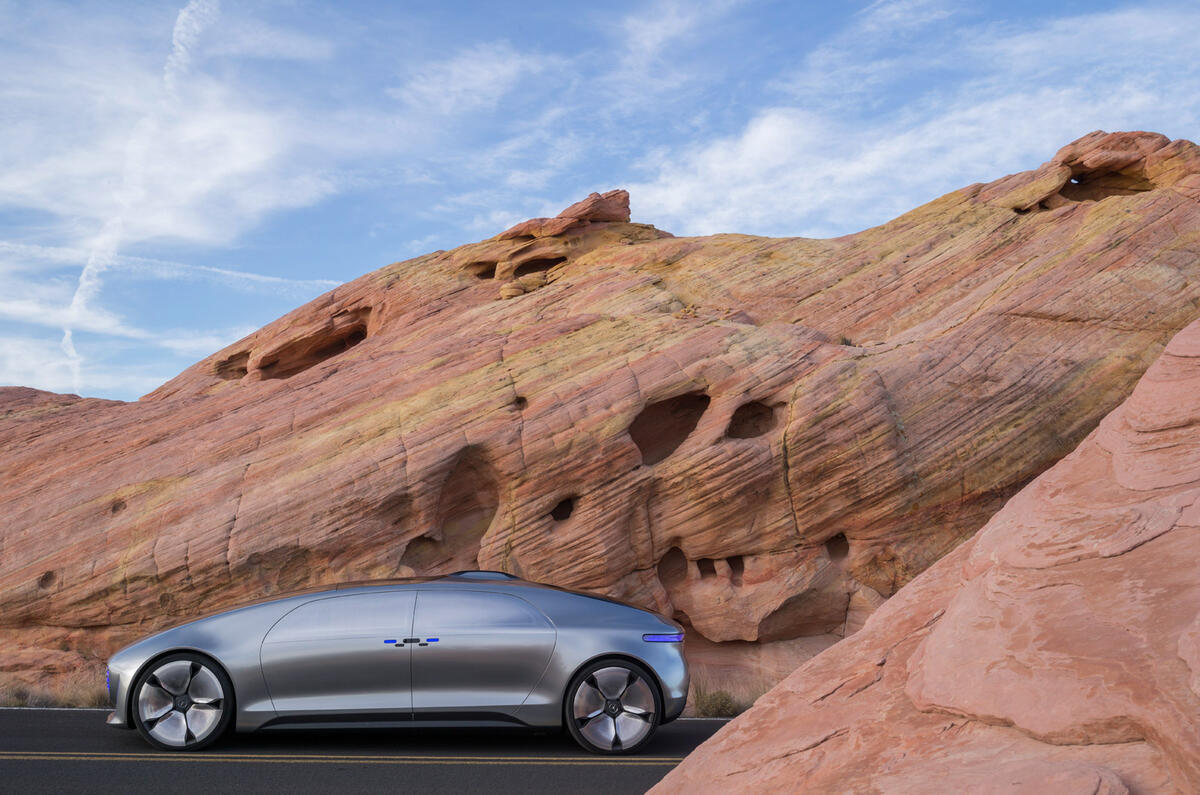
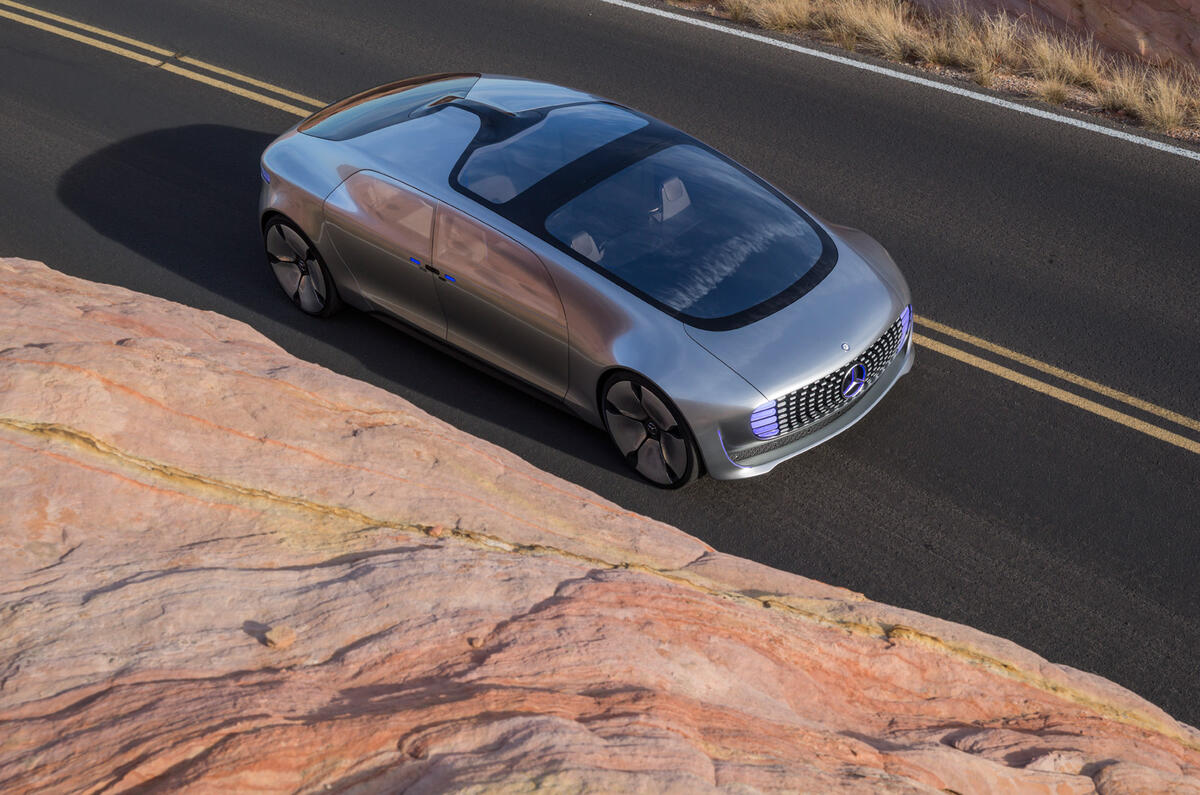

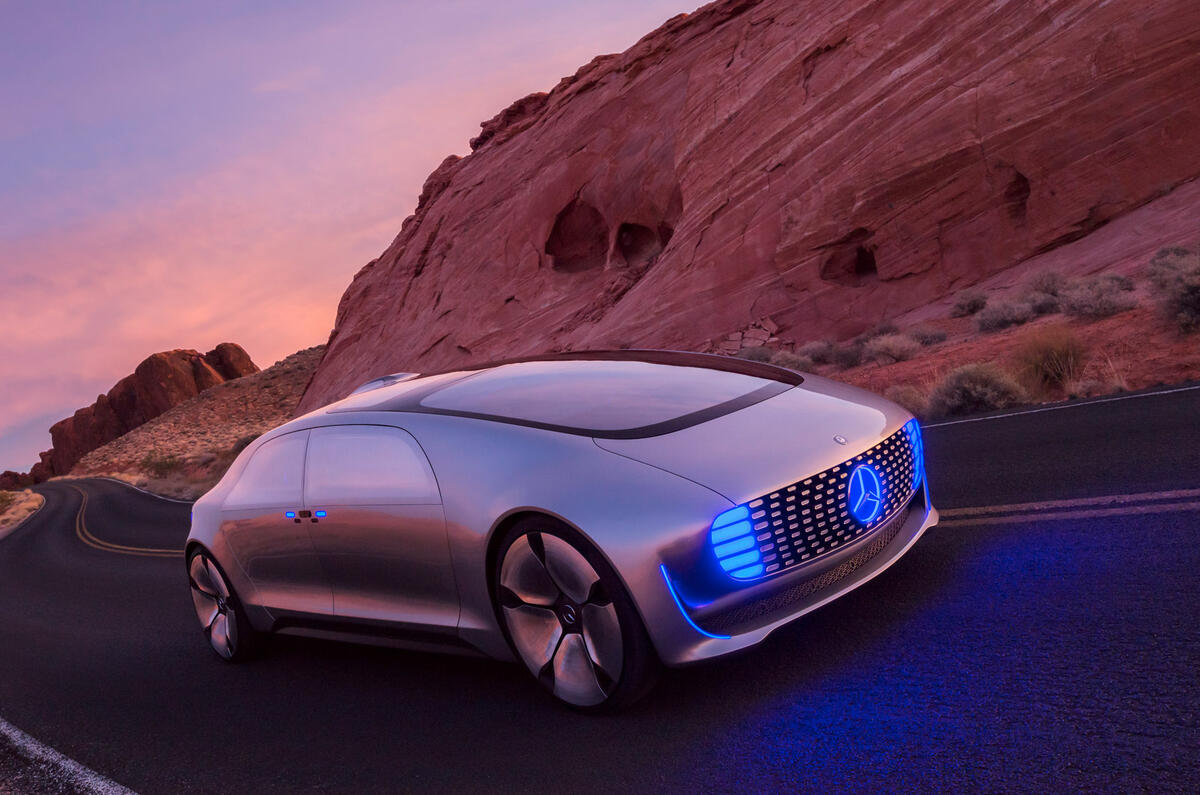
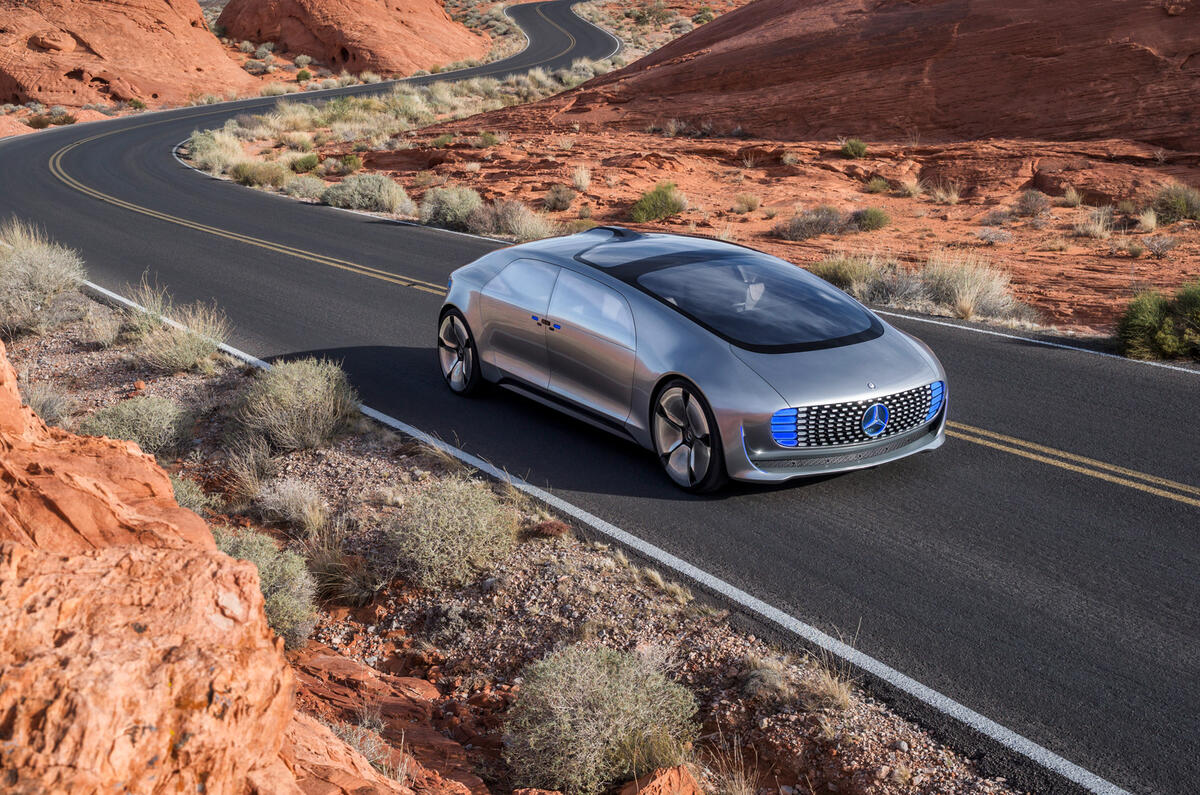
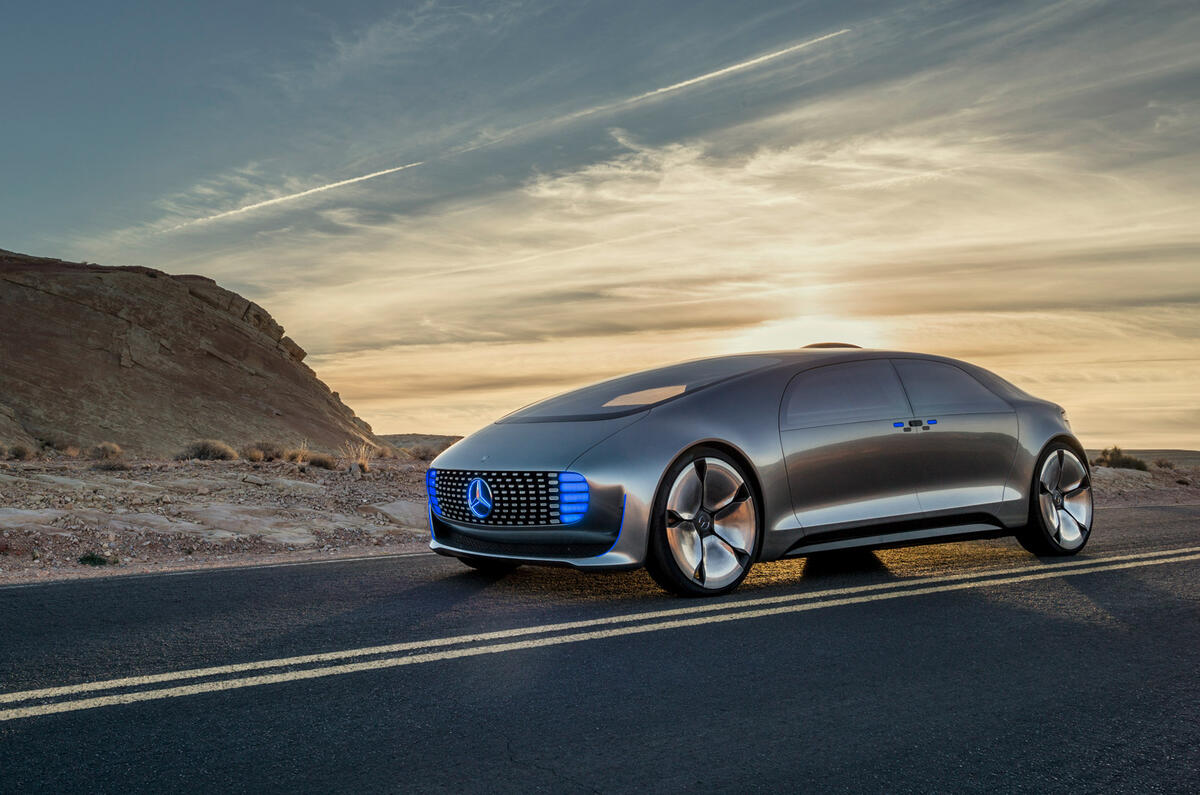

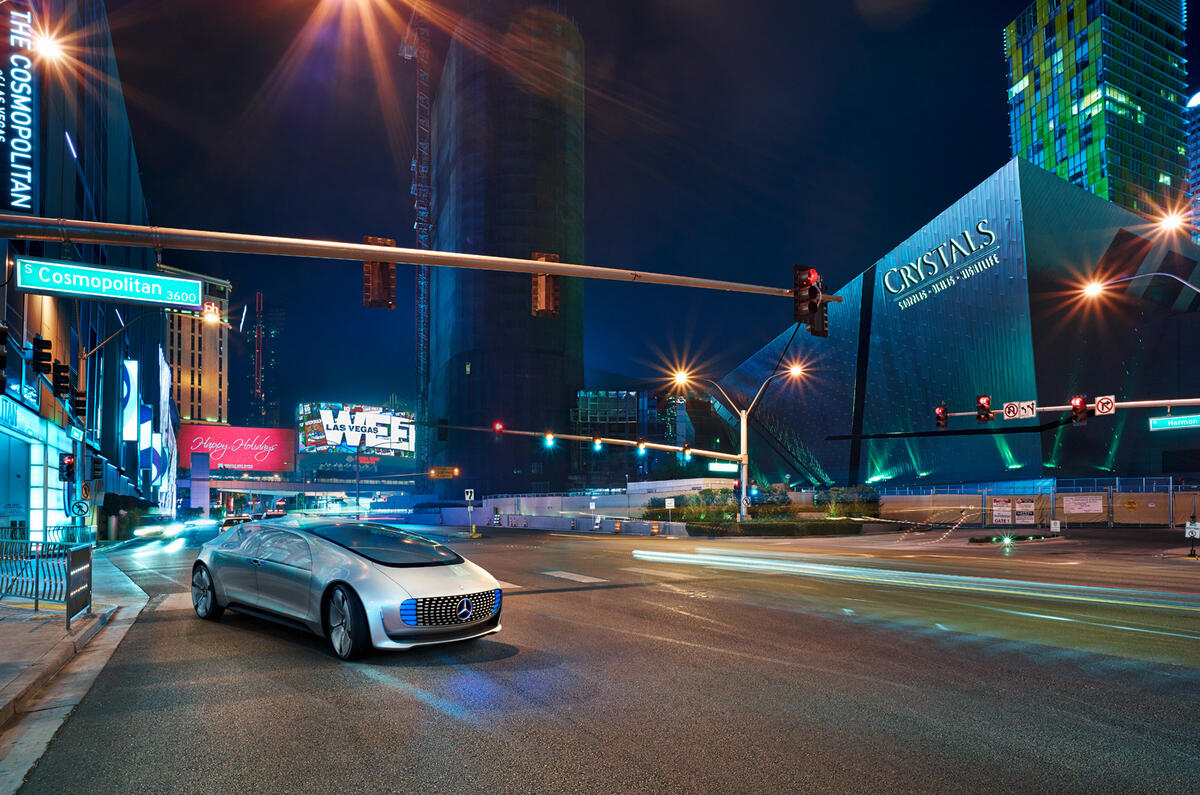
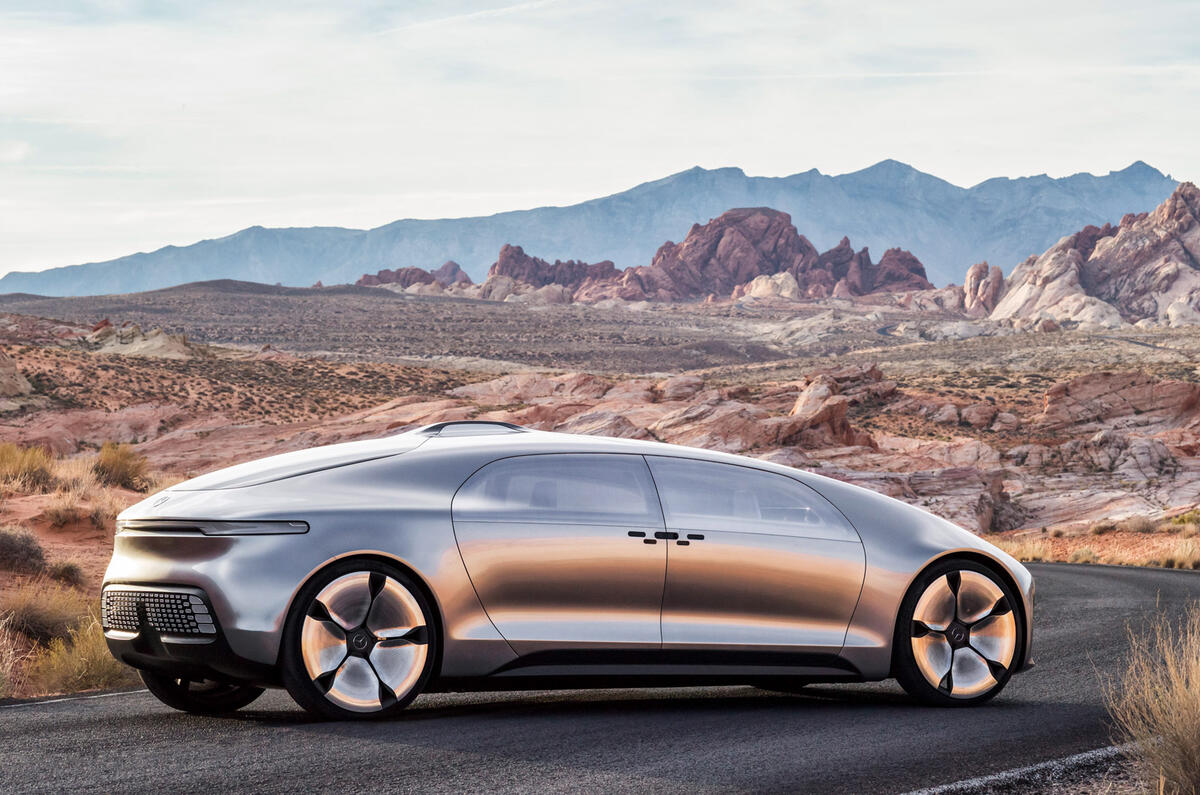
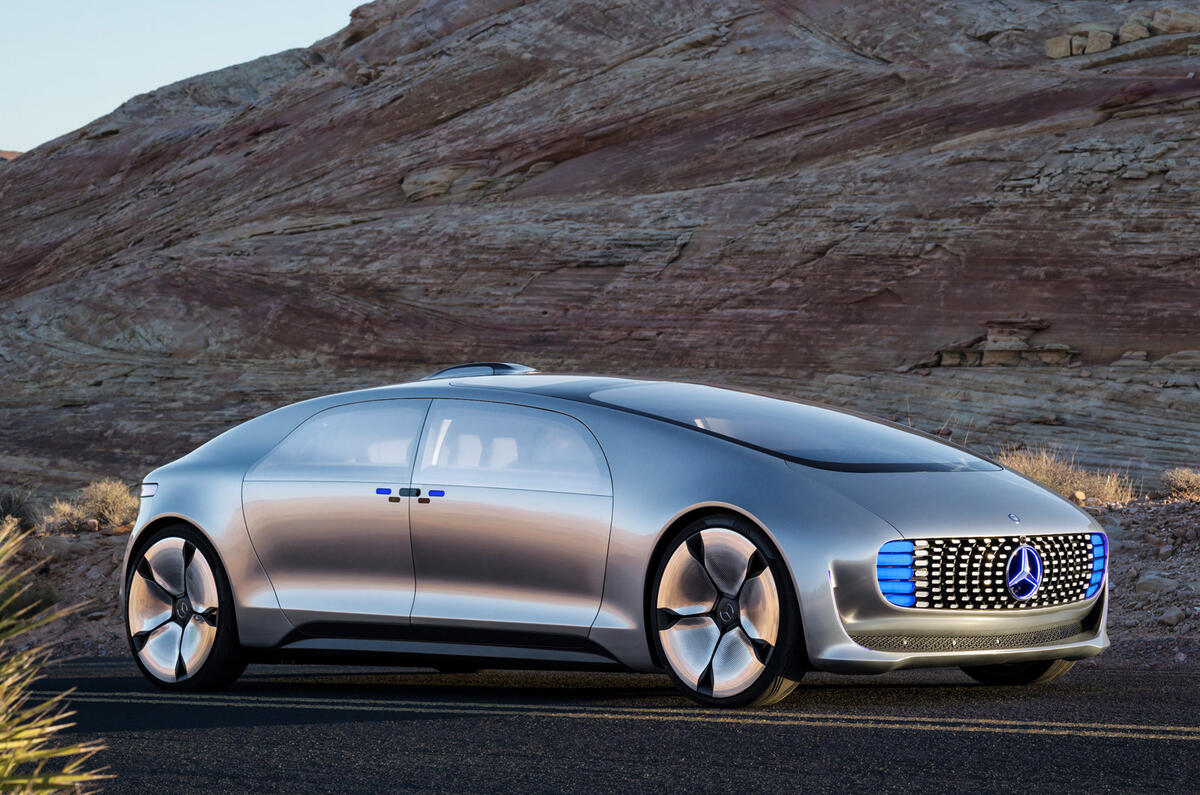


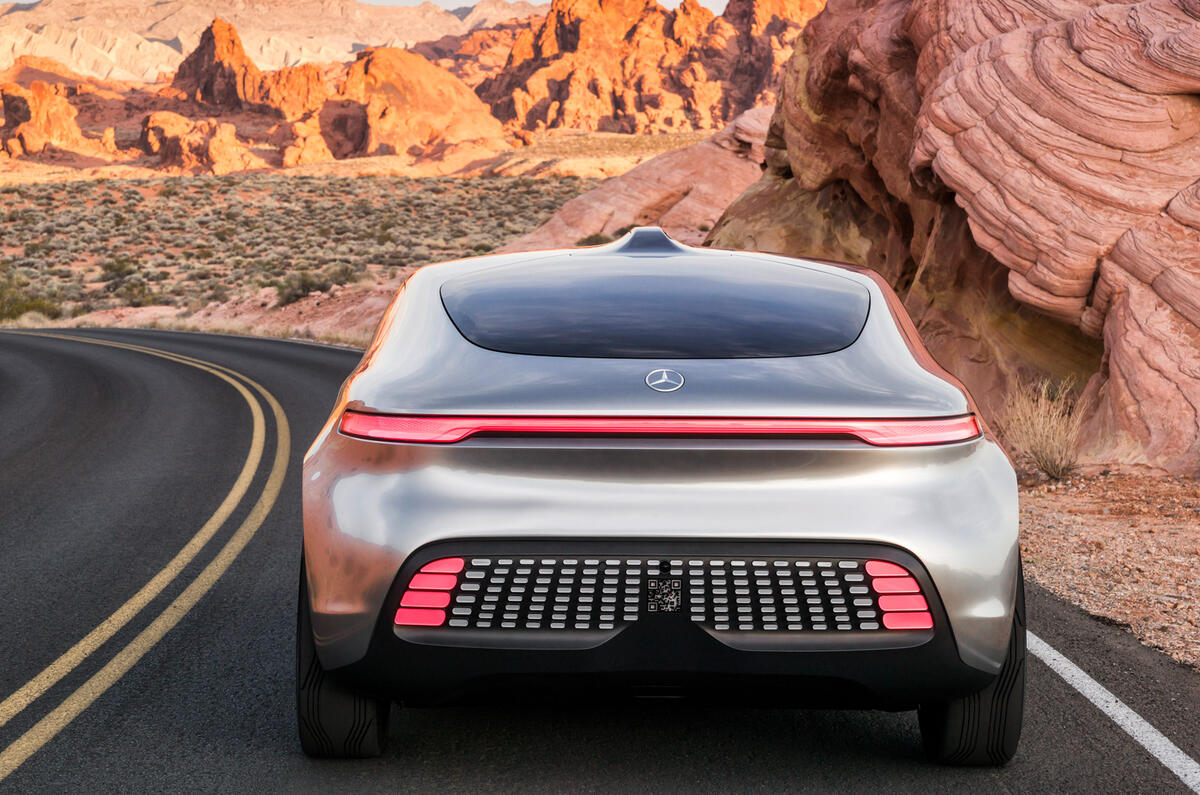



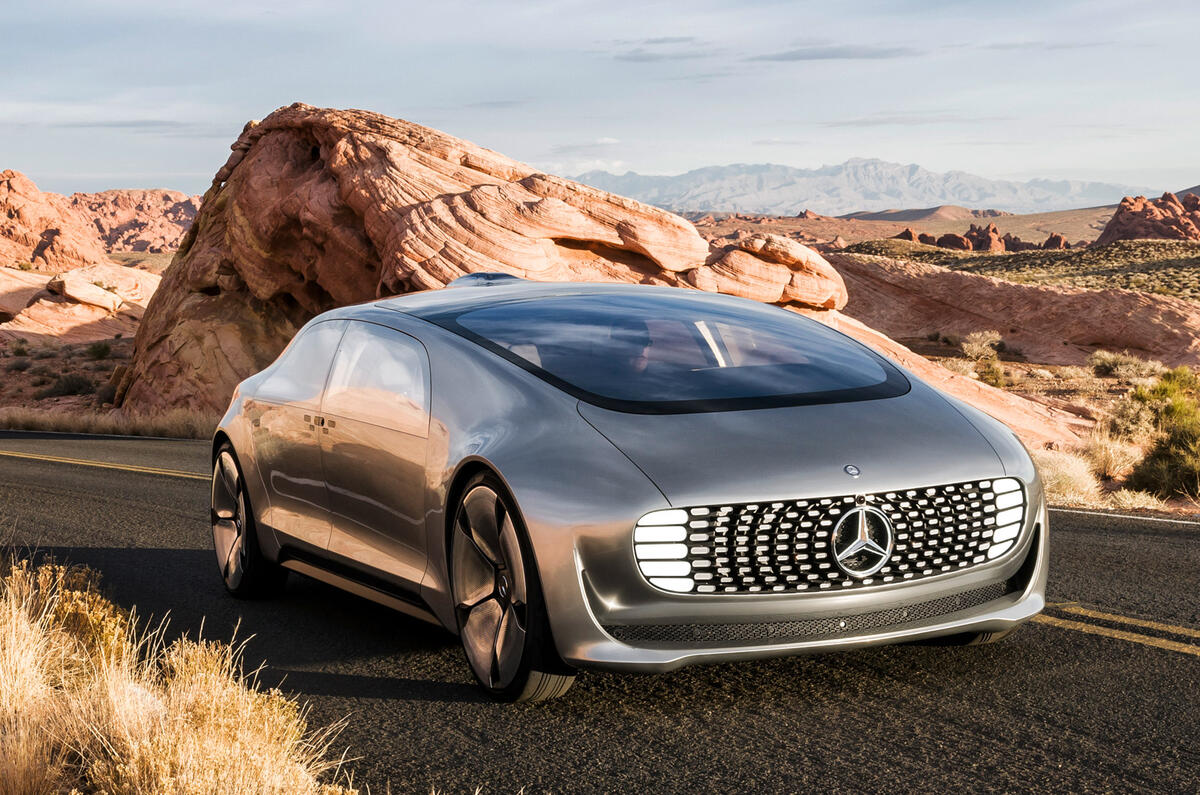
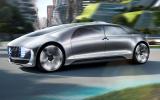



















































Join the debate
Add your comment
Well to be honest......!
Probably exactly what people
So you need electricity to produce...
As for autonomous, self driving? No thanks.
Autonomous
Visibility
I'm glad I'm not the only one that picked up on that. I would also like to add that the dashboard being very high will also constrict or compromise forward vision. I think Mercedes wants drivers of the future to rely on their passive safety systems rather than the driver's intellect. Autonomous technology when stuck in a 5 mile long traffic jam on the a406, yes. Stuck on the a40 in Marylebone, yes. Everywhere else, no thanks. I want to have fun driving and I think I can trust myself not to cause an accident. This car is not aimed at me.